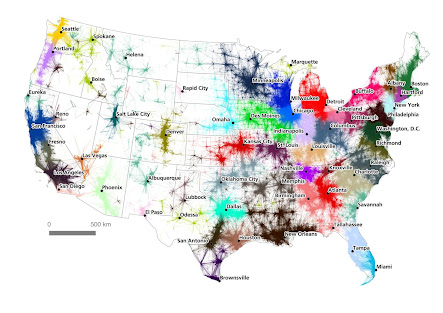Top Down: From Lab to Market with Government Help
We hear a lot about the Elon Musks of the world – what makes them tick, how they see the future of clean technology and what they would do about it. But, what’s perhaps not very well known is how much of what gets built into these new products and new markets owes its start to government funding and policies. Today, I want to walk through the way innovative new technology moves from the research laboratory to the market via government. A fascinating study was published in Nature Communications about integrating “solar ribbons” into fabric so that in the future our clothes could harvest sunlight and store energy to power phones, health sensors or any other device. The scientists said that this research was inspired by the movie “Back to the Future” – but it needed a lot of cool technology to come together to actually make the prototype work. First – how can energy be harvested in a thin, flexible form? Enter the perovskite solar cell- a technology with several years ...


